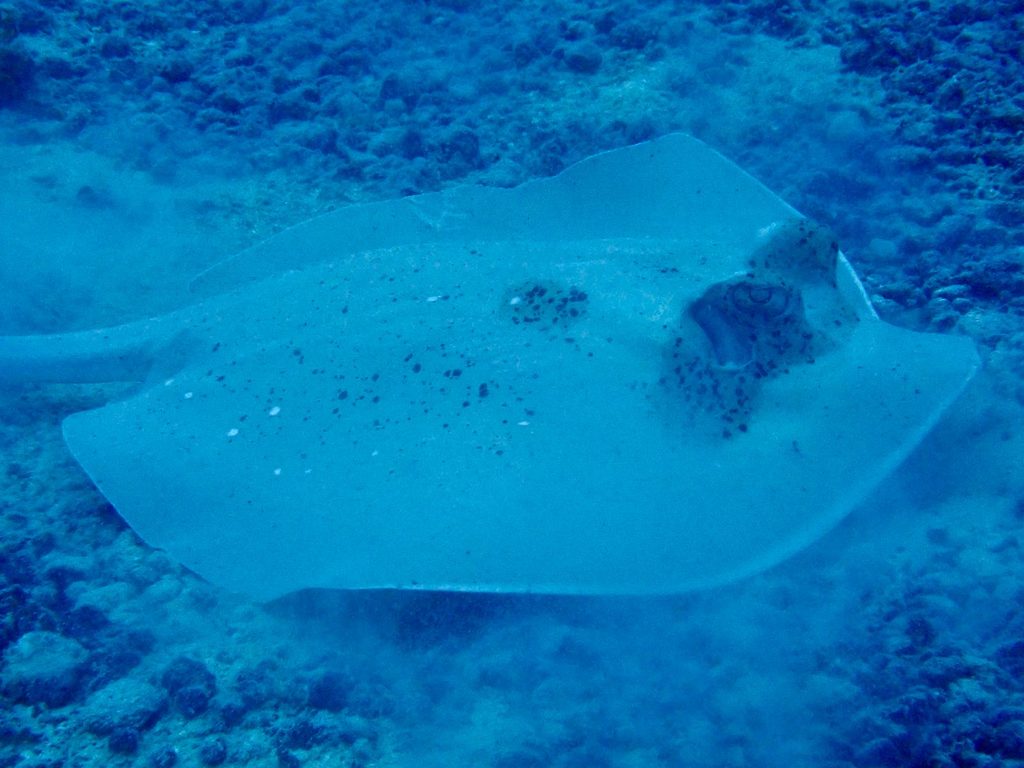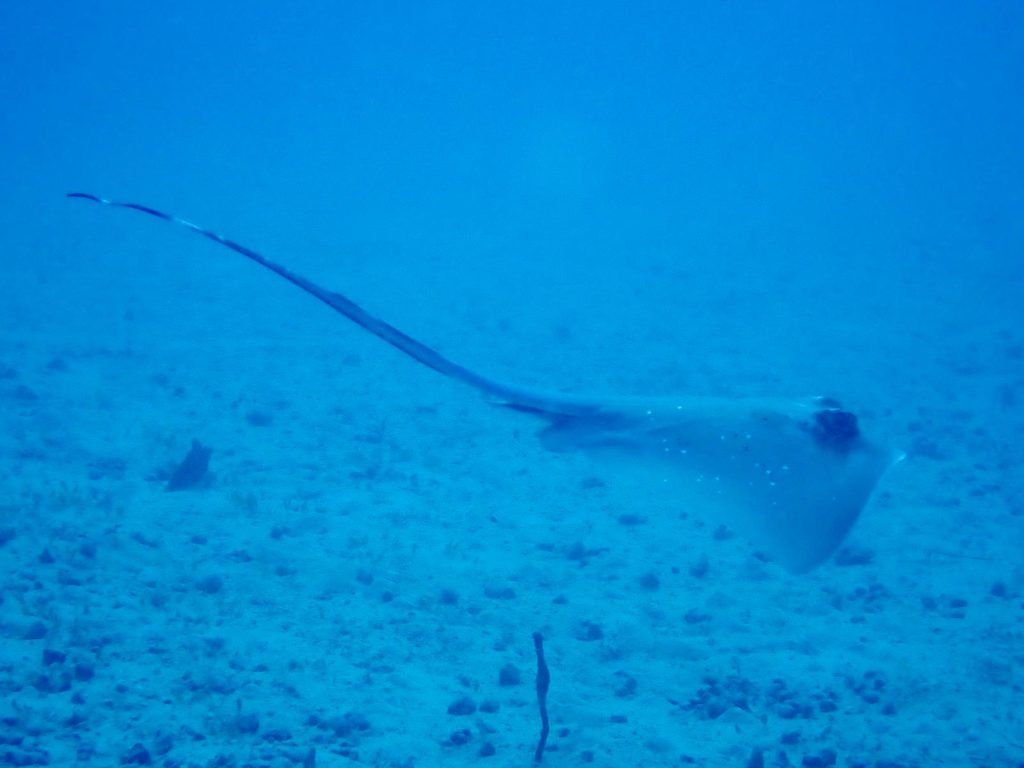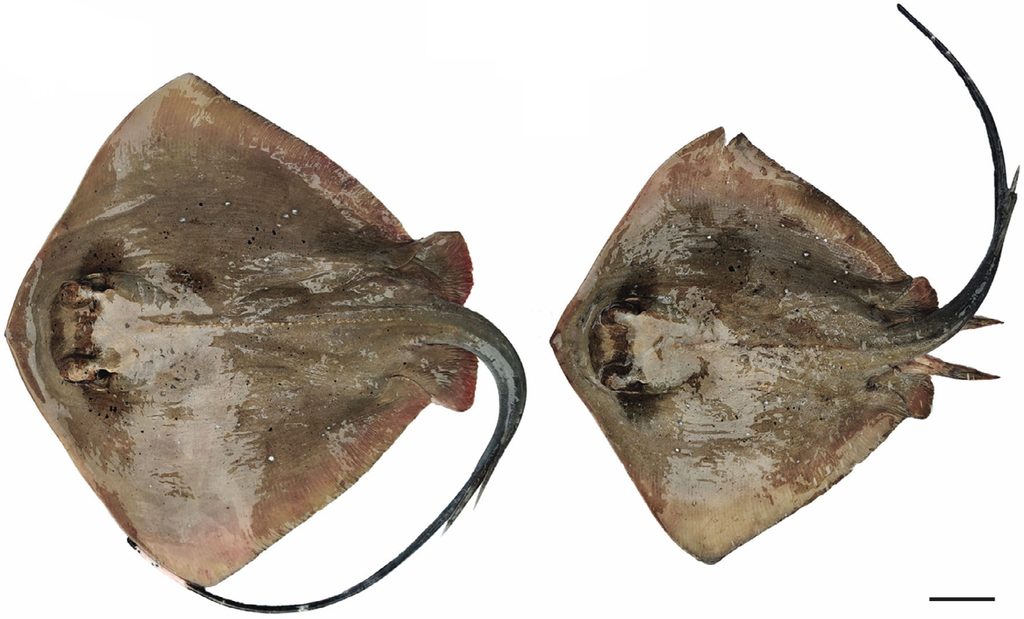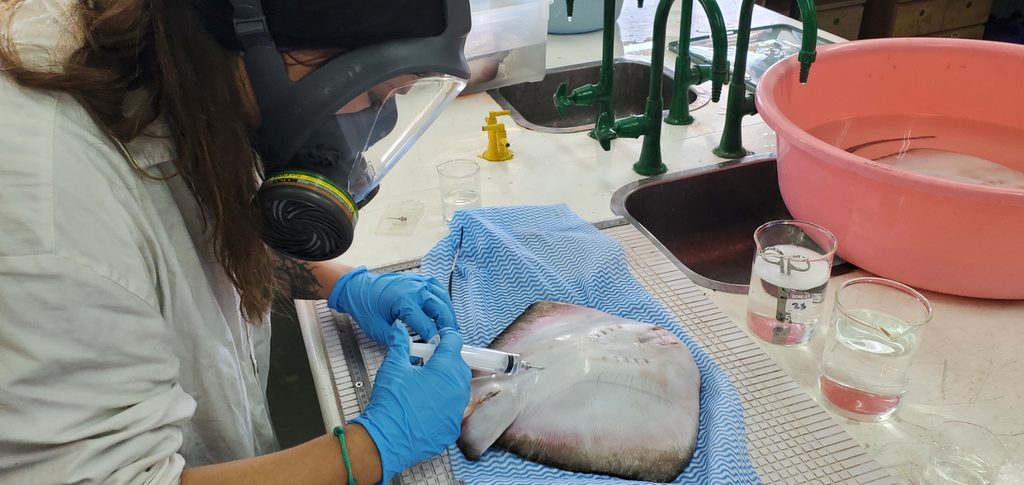In a landmark discovery for marine science and conservation in the Pacific, researchers have officially identified a new species of blue-spotted maskray found only in Fiji.
Named Neotrygon romeoi or the Fiji Maskray, this newly described ray not only adds to the country’s unique biodiversity, but may also warrant protection under Fiji’s Endangered and Protected Species Act due to its distribution and ongoing exploitation in small-scale fisheries.
The study, led by Dr Kerstin Glaus of the University of the South Pacific in collaboration with scientists from CSIRO Australia and ETH Zurich, confirms that Neotrygon romeoi had long been misidentified as either Neotrygon kuhlii (Blue spotted stingray) or Neotrygon trigonoides (Caledonian maskray).
However, a combination of advanced genetic barcoding and detailed morphological analyses has confirmed its status as a distinct species.
“This is the first ray species described as endemic to Fiji,” said Dr Glaus.
“It highlights the importance of our local marine ecosystems and the urgent need to document and protect their biodiversity.”
Nine specimens of the new species, ranging from 310mm to 397mm in disc width, were collected from Viti Levu, including from local fish markets and directly from coastal waters in Tailevu.
Additional sightings and specimens have been reported from throughout the Fijian archipelago, including Suva, Lautoka, and the Yasawas, suggesting a potentially wider distribution across the country.
Visually, Neotrygon romeoi is striking.
It has a brownish dorsal surface, with two large dark blotches behind the eyes, a distinct dark mask-like marking across the face, and small pepper-like black spots.
Some individuals display pale blue or whitish spots, though notably fewer in number than their close relatives.
A unique row of thorn-like denticles runs along the midline of the back from the head to the base of the tail, distinguishing it from most other members of the Neotrygon genus.
Molecular analysis further solidified its classification.
DNA barcoding revealed that Neotrygon romeoi is genetically distinct from all 16 other recognised mask ray species, with a particularly close, but still separate, relationship to N. Yakkoei, which is found in Japan.
The genetic divergence, alongside key physical differences, confirms Neotrygon romeoi as a new and valid species.
The discovery has important implications for conservation.
The Fiji Maskray is often caught and sold in Fiji’s small-scale fisheries, yet little is known about its life history, breeding patterns or population size.
As such, researchers are recommending that the species be formally considered for protection under national legislation.
“This is not just a scientific achievement, but a call to action,” noted co-author Dr Sharon Appleyard of CSIRO.
“Knowing that this species exists gives us a starting point to understand its role in the ecosystem and how we can manage its survival.”
The team also praised the collaborative efforts that made the study possible. Specimens were preserved and exported with the support of Fiji’s Ministry of Fisheries and local institutions, while genetic analysis was carried out in Switzerland.
The Pacific-European Union Marine Partnership (PEUMP) Program provided funding for the research.
The species name ‘romeoi’ pays tribute to the late Romeo Glaus, father of the lead researcher, for his inspiration and respect for nature.
As marine biodiversity continues to decline globally, the discovery of Neotrygon romeoi serves as a reminder that the oceans still hold secrets, and that nations like Fiji have a critical role in protecting them.
For a country whose cultural and economic identity is closely tied to the sea, this finding reaffirms the value of local research, sustainable fisheries, and environmental stewardship.
With the formal recognition now published in the Journal of Fish Biology, the Fiji Maskray, as it may come to be known colloquially, becomes a new symbol of the country’s natural heritage, and a potential flagship species for conservation efforts in the region.
Fiji maskrays in Yasawa waters. Picture: Rob Macfarlane, Reef Safari Fiji, Drawaqa Marine, Picture: Conservation Trust/ SUPPLIED.

Fiji maskrays in Yasawa waters. Picture: Rob Macfarlane, Reef Safari Fiji, Drawaqa Marine Conservation Trust/SUPPLIED

Dorsal views of a freshly captured Neotrygon romeoi. Picture: JOURNAL OF FISH BIOLOGY 2025



